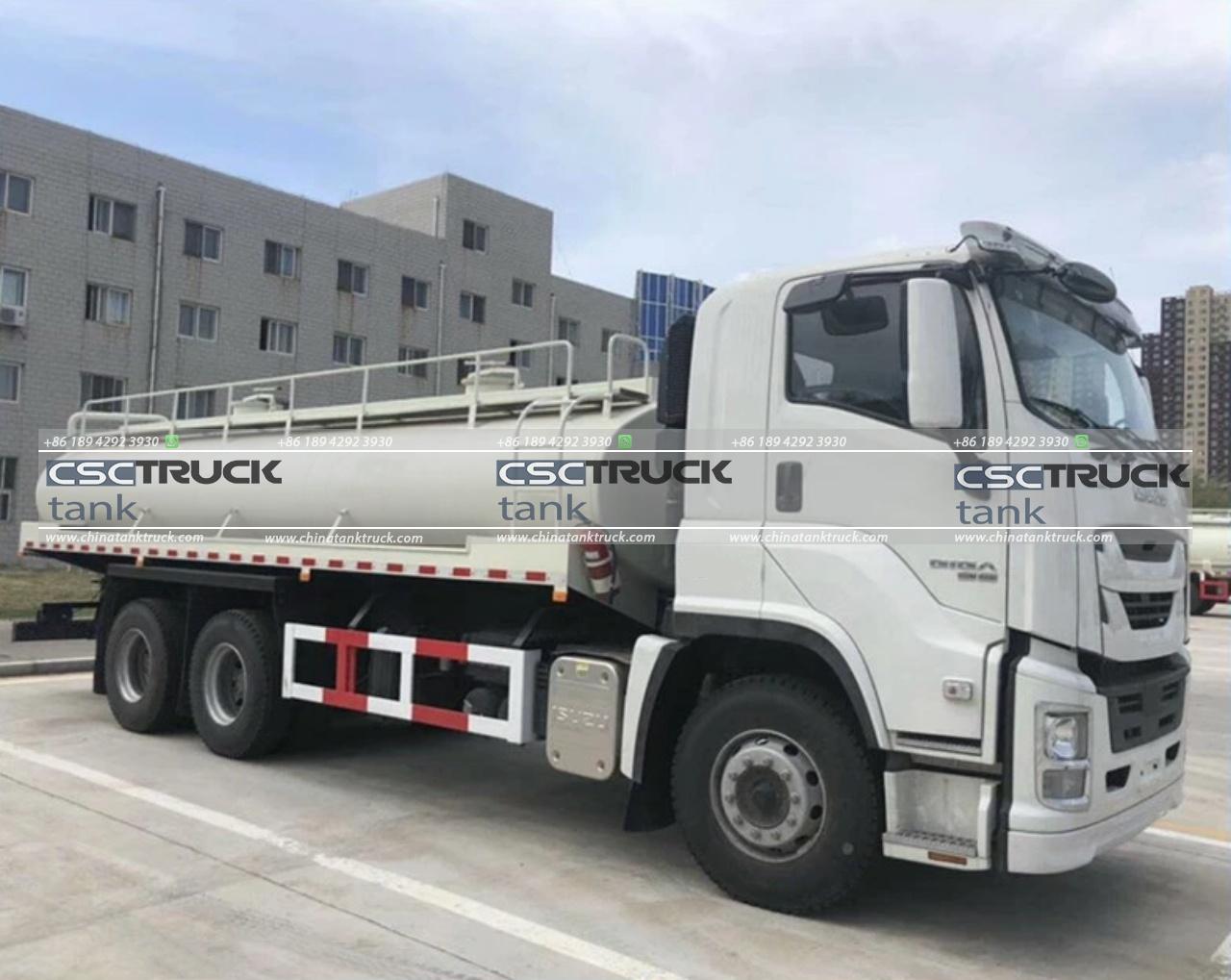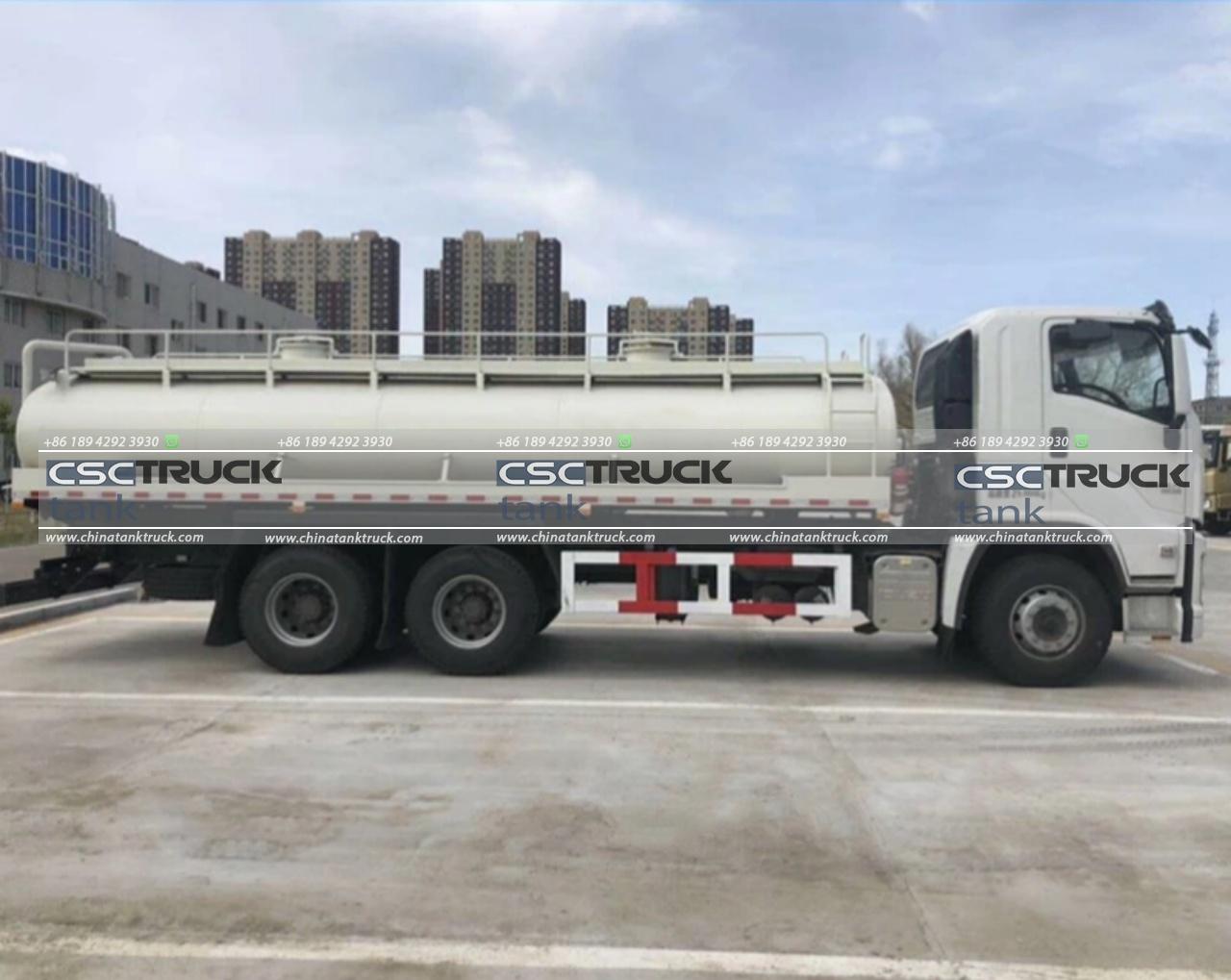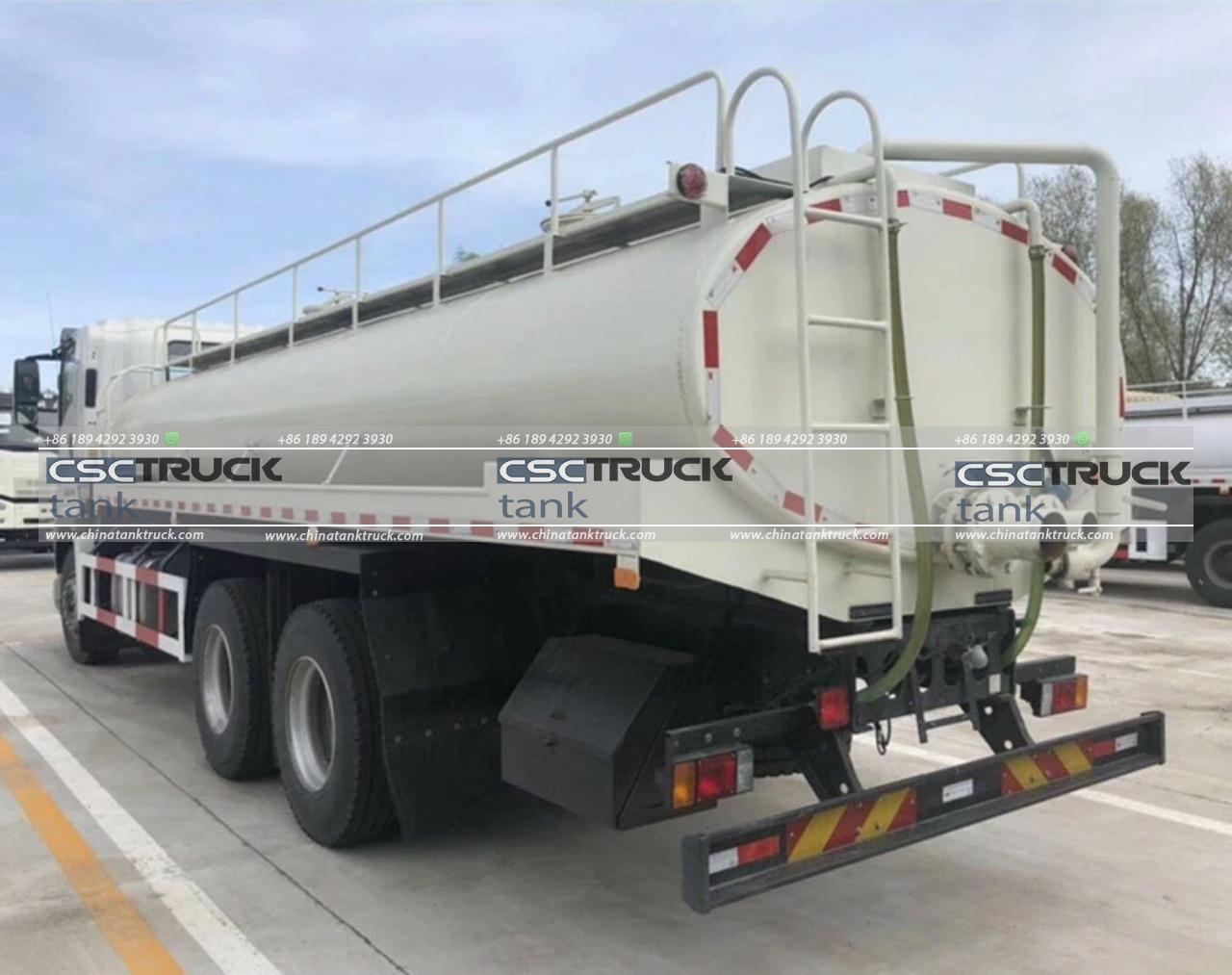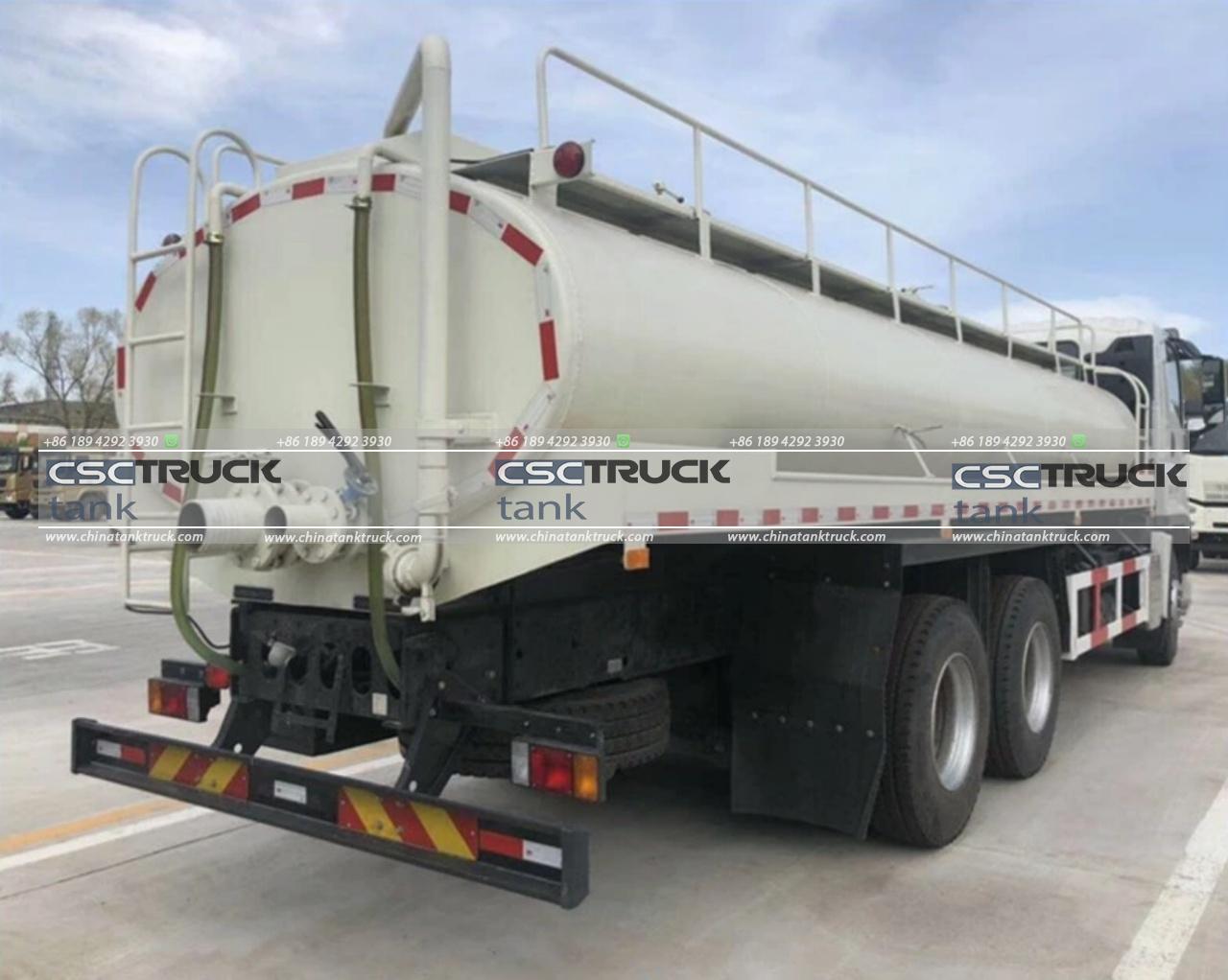What is the Purpose of a Water Tanker?
A water tanker is a specialized vehicle designed to transport and distribute water to areas where it is needed. These tankers serve various industries, emergency services, and even communities, playing a crucial role in addressing water-related challenges. While many people might think of water tankers as trucks filled with water for delivery, their purposes and uses are far more diverse. From firefighting to construction, agriculture, and emergency relief, water tankers provide essential support across multiple fields. In this article, we’ll explore the purpose of a water tanker, examining how it works, its design features, and the specific roles it plays in different contexts.
1. Firefighting and Emergency Services
One of the most prominent uses of water tankers is in firefighting. Fire departments around the world rely on these vehicles to provide a reliable and portable source of water, especially in areas where fire hydrants or other water sources are not easily accessible. This is particularly common in rural areas, remote regions, and wildfire-prone zones.
Supporting Firefighting Efforts
Water tankers used in firefighting are often equipped with additional features like high-pressure pumps, nozzles, and hoses. They can either deliver water directly to the scene or be used to refill smaller fire engines that are actively engaged in firefighting operations. By acting as mobile reservoirs, these tankers ensure a continuous water supply during fire emergencies.
Rapid Deployment
In wildfire-prone areas, water tankers are vital for rapid deployment, allowing firefighters to access water in remote locations and create containment lines. Some tankers are also equipped with foam systems that can mix foam concentrate with water, improving firefighting efficiency in specific types of fires.

2. Agricultural Use
Agriculture is another significant field where water tankers are heavily used. In areas experiencing drought or limited access to natural water sources, tankers provide an essential supply for irrigation. They are especially useful in arid regions where rainfall is scarce and irrigation is necessary for successful crop production.
Irrigation Support
In agriculture, water tankers often transport water to fields that are far from rivers, lakes, or other natural sources. Farmers use them to water crops, especially during dry spells when the risk of crop failure is high. These tankers can be fitted with spray systems to distribute water evenly across fields, supporting efficient irrigation methods.
Livestock Hydration
Water tankers also serve livestock farms where animals require a steady and clean water source. Livestock operations may be located in areas where traditional water infrastructure is limited, making tankers the ideal solution for providing drinking water to cattle, poultry, and other animals, ensuring their health and productivity.
3. Construction and Infrastructure Development
Water is essential in the construction industry for various applications, including mixing concrete, dust suppression, and soil compaction. Construction sites often lack immediate access to sufficient water, so water tankers are brought in to fulfill these demands.
Dust Control and Soil Compaction
On construction sites, water tankers are used for dust suppression, which is necessary to maintain air quality and reduce health risks for workers and nearby residents. They also aid in soil compaction, a vital process for preparing stable foundations. Water tankers distribute water evenly over construction areas to ensure the soil settles properly, providing a strong base for buildings, roads, and other structures.
Concrete Mixing
Construction crews use water tankers to supply water for concrete mixing, especially when the site is located far from municipal water sources. Having a reliable water supply onsite is essential for keeping concrete mixtures consistent, which directly affects the quality and durability of the final construction.

4. Emergency Relief and Humanitarian Aid
In times of disaster, whether natural or man-made, access to clean drinking water can become severely limited. Water tankers play an essential role in emergency relief efforts, ensuring that affected populations have access to potable water.
Disaster Relief Operations
During floods, earthquakes, or droughts, the water supply infrastructure may be compromised or destroyed. In these situations, water tankers deliver emergency supplies of drinking water to affected communities. Relief organizations use them to quickly distribute water where it is needed most, often setting up temporary water distribution points for people to fill containers.
Support in Drought Conditions
In prolonged drought conditions, communities may lack access to drinking water for extended periods. Governments and aid organizations deploy water tankers to bring clean water to rural and urban areas, helping to mitigate the impacts of water scarcity and prevent dehydration and waterborne diseases.
5. Municipal and Public Services
Water tankers also support municipal operations, where they are used for tasks such as street cleaning, park maintenance, and watering public green spaces. Many cities rely on tankers to maintain cleanliness and greenery, especially during dry seasons when natural rainfall is insufficient.
Street Cleaning
Municipal water tankers are used for street cleaning and dust control in urban areas. The vehicles are fitted with spray bars that evenly distribute water across road surfaces, helping to remove dust and dirt. This not only improves the cleanliness of public spaces but also reduces air pollution, providing a healthier environment for residents.
Park and Landscape Maintenance
Cities use water tankers to maintain parks and landscaped areas, ensuring plants and grass receive enough water to stay healthy. This is particularly important in regions that experience seasonal dry periods or where water restrictions limit irrigation. Tankers help maintain the beauty and functionality of public spaces, benefiting residents and contributing to the city’s appeal.

6. Industrial Applications
Various industries also rely on water tankers for operations that require substantial water usage. In the mining, oil, and gas sectors, for example, water is used for cooling, dust suppression, and equipment cleaning.
Mining and Quarrying
Mining and quarrying activities generate large amounts of dust, which can be harmful to workers and the surrounding environment. Water tankers are deployed to suppress dust on site, improving visibility and air quality. Additionally, they help in cooling down equipment that generates heat during operations.
Oil and Gas Industry
In the oil and gas sector, water tankers are used for cleaning purposes, as well as for certain stages of drilling and hydraulic fracturing. By delivering large volumes of water to remote drilling sites, tankers ensure the continuity of operations, even when traditional water sources are unavailable.
7. Military and Defense
Water tankers are also widely used by military forces to support field operations, especially in remote or hostile environments. They provide a dependable water source for drinking, cooking, and sanitation, essential for sustaining troops in the field.
Field Operations
During military operations, water tankers ensure a consistent water supply for personnel stationed in remote areas where traditional infrastructure is lacking. This can include deserts, mountainous regions, and other challenging terrains.
Humanitarian Assistance and Disaster Response
Armed forces often support humanitarian missions during disasters. Water tankers play a vital role in these missions by providing clean drinking water and assisting in logistical operations, ultimately saving lives and reducing suffering.

Design and Capacity of Water Tankers
Water tankers are designed with features that optimize them for water transport and distribution. They are typically built on truck chassis, equipped with a cylindrical tank made of materials like stainless steel or aluminum, which resists corrosion and ensures the safety of the water being transported.
The capacity of a water tanker can range from a few thousand liters to over 30,000 liters, depending on its intended use. Smaller tankers are often used for municipal purposes, while larger ones serve firefighting and industrial applications. The tanker may also include insulation and temperature control to maintain water quality and usability in extreme climates.
Conclusion
Water tankers are indispensable assets across multiple sectors, offering a reliable and flexible solution for water transport and distribution. Whether supporting firefighting efforts, aiding agriculture, assisting in construction, or providing essential services during emergencies, water tankers contribute significantly to safety, productivity, and well-being in society. By ensuring water reaches areas where it is most needed, they help bridge the gap between demand and availability, playing a critical role in modern infrastructure and humanitarian efforts.

